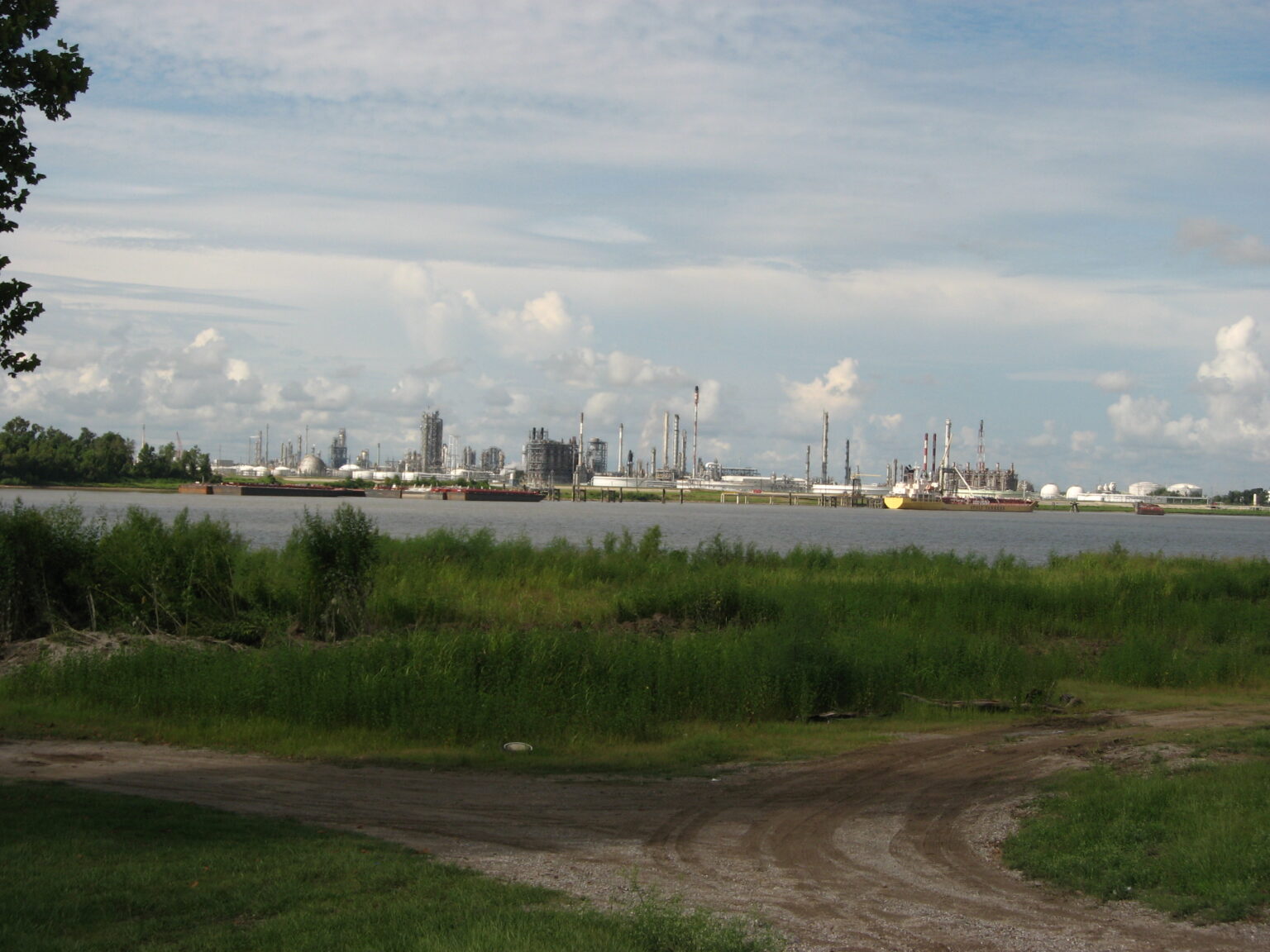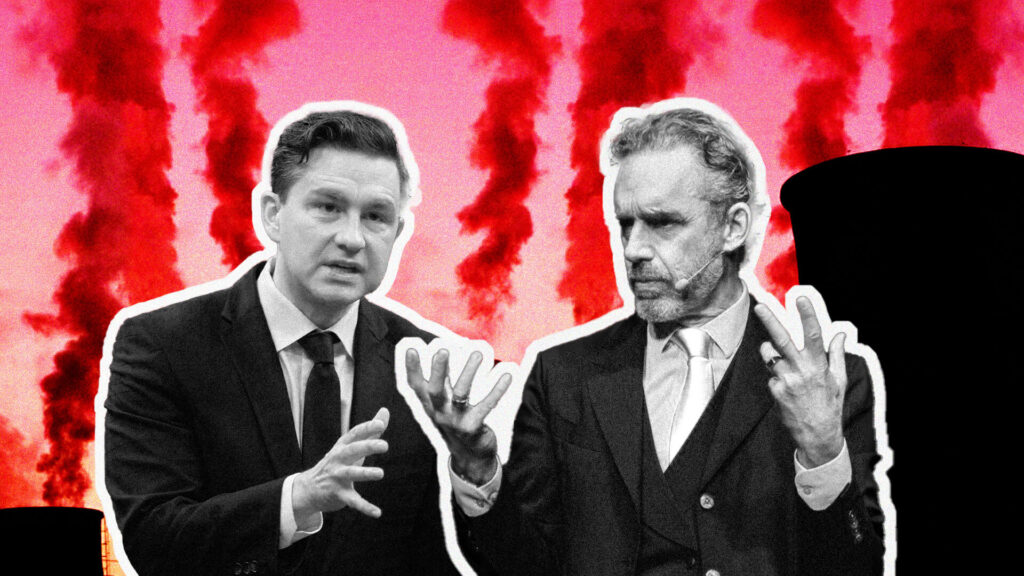This article by Grist is published here as part of the global journalism collaboration Covering Climate Now.
Since the 1980s, the 85-mile stretch of the Mississippi River that connects New Orleans and Baton Rouge, Louisiana, has been known as “Cancer Alley.” The name stems from the fact that the area’s residents have a 95 percent greater chance of developing cancer than the average American. A big reason for this is the concentration of industrial facilities along the corridor — particularly petrochemical manufacturing plants, many of which emit ethylene oxide, an extremely potent toxin that is considered a carcinogen by the Environmental Protection Agency and has been linked to breast and lung cancers.
But even though the general risks of living in the region have been clear for decades, the exact dangers are still coming into focus — and the latest data show that the EPA’s modeling has dramatically underestimated the levels of ethylene oxide in southeastern Louisiana. On average, according to a new study published on Tuesday, ethylene oxide levels in the heart of Cancer Alley are more than double the threshold above which the EPA considers cancer risk to be unacceptable.
Subscribe to our newsletter
Stay up to date with DeSmog news and alerts
To gather the new data, researchers from Johns Hopkins University drove highly sensitive air monitors along a planned route where a concentration of industrial facilities known to emit ethylene oxide are situated. The monitors detected levels that were as many as 10 times higher than EPA thresholds, and the researchers were able to detect plumes of the toxin spewing from the facilities from as many as seven miles away. The resulting measurements were significantly higher than the EPA and state environmental agency’s modeled emissions values for the area.
“From over two decades of doing these measurements, we’ve always found that the measured concentrations of pretty much every pollutant is higher than what we expect,” said Peter DeCarlo, an associate professor at Johns Hopkins University and an author of the study. “In the case of ethylene oxide, this is particularly important because of the health risks associated with it at such low levels.”
There is no safe level of ethylene oxide exposure. The EPA calculates exposure thresholds for various chemicals by assessing the level at which it causes an increased incidence of cancer. For ethylene oxide, the EPA has determined that breathing in nearly 11 parts per trillion of the chemical for a lifetime can result in one additional case of cancer per 10,000 people. The higher the concentration, the higher the risk of cancer.
DeCarlo and his team found that, in three quarters of the regions where they collected data, ethylene oxide levels were above the 11 parts per trillion threshold. On average, the level was roughly 31 parts per trillion. In some extreme cases, they observed area averages above 109 parts per trillion. The findings were published in the peer-reviewed academic journal Environmental Science & Technology. The study was funded in part by Bloomberg Philanthropies, which launched a campaign in 2022 to block the construction and expansion of new petrochemical facilities.
“We definitely saw parts per billion levels at the fence line of some of these facilities, which means people inside the fence line — workers, for example — are getting exposed to much, much higher concentrations over the course of their day,” DeCarlo said.
Ethylene oxide is emitted from petrochemical manufacturing and plants that sterilize medical equipment. Earlier this year, the EPA finalized rules for ethylene oxide emissions from both types of facilities. The rule that applies to the manufacturing facilities in Louisiana requires companies to install monitors and report data to the EPA and state environmental agency. If the monitors record concentrations above a certain “action level,” companies will be required to make repairs. The rule is expected to reduce emissions of ethylene oxide and chloroprene, another toxic chemical, by 80 percent. Companies have two years to comply.
Heather McTeer Toney, who heads the campaign against petrochemical facilities at Bloomberg Philanthropies, told Grist in an email that the new measurements provide a baseline understanding as the EPA’s new regulations take effect. “The EPA’s new rule was necessary but should only be the start of how we begin to make things right here,” she said. “I’m hopeful to see levels go down, but the data suggest we have a long way to go.”
Tracey Woodruff, a professor studying the impact of chemicals on health at the University of California in San Francisco, said that the study “affirms that EPA is doing the right thing to regulate” ethylene oxide and that the agency “needs to improve their modeling data.” The levels identified by the researchers are nine times higher than those estimated by the EPA’s models.
For residents in the area, the study’s findings confirm their lived experience. Sharon Lavigne, the founder of Rise St. James, a community organization battling the expansion of the petrochemical industry in St. James Parish, told Grist that the study “is a step in the right direction” and helps the community get a deeper understanding of what they’re being exposed to. But ultimately, without accountability and follow-through, monitoring data will do little to help her family and neighbors.
“These monitors are good, but in the meantime, people are dying,” she said.
Subscribe to our newsletter
Stay up to date with DeSmog news and alerts







